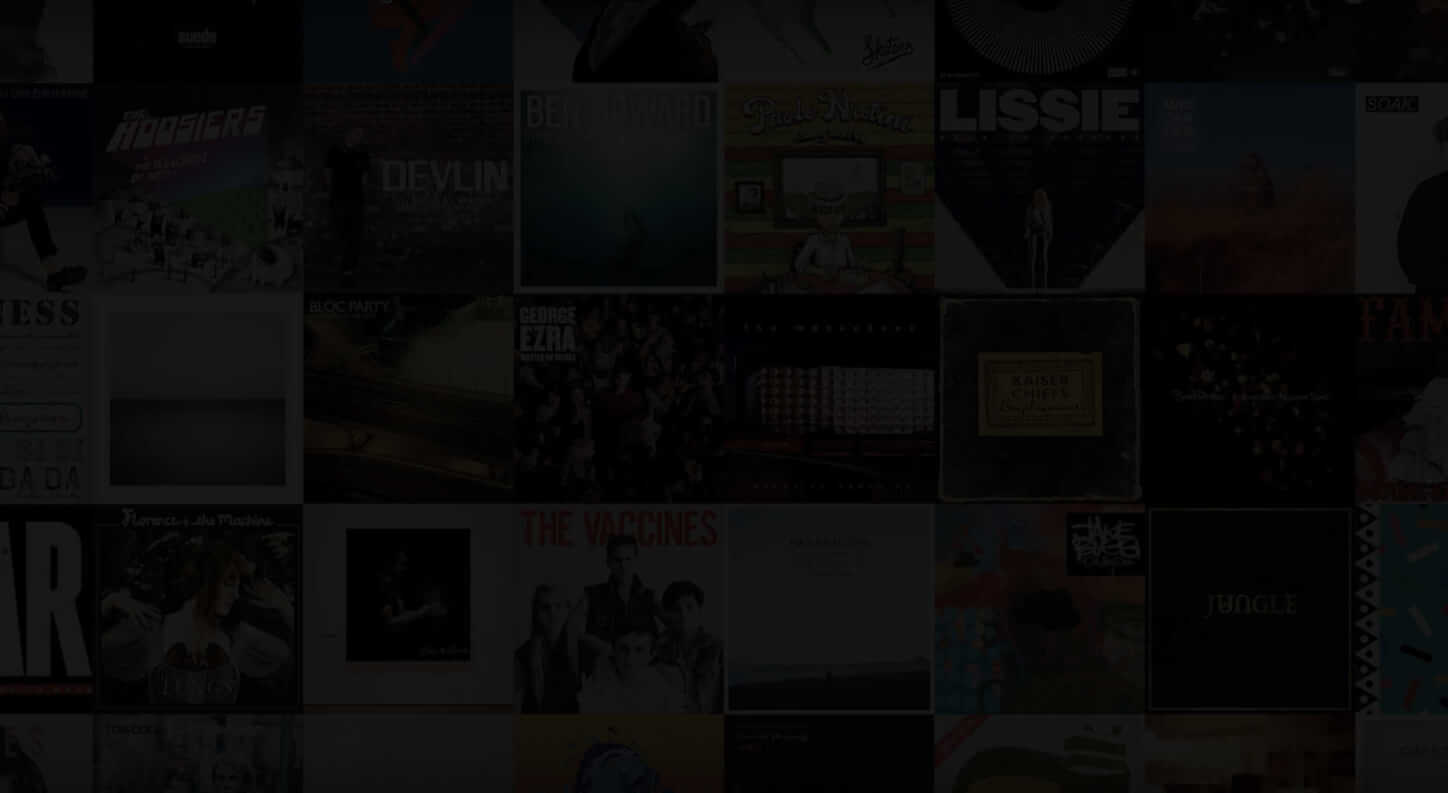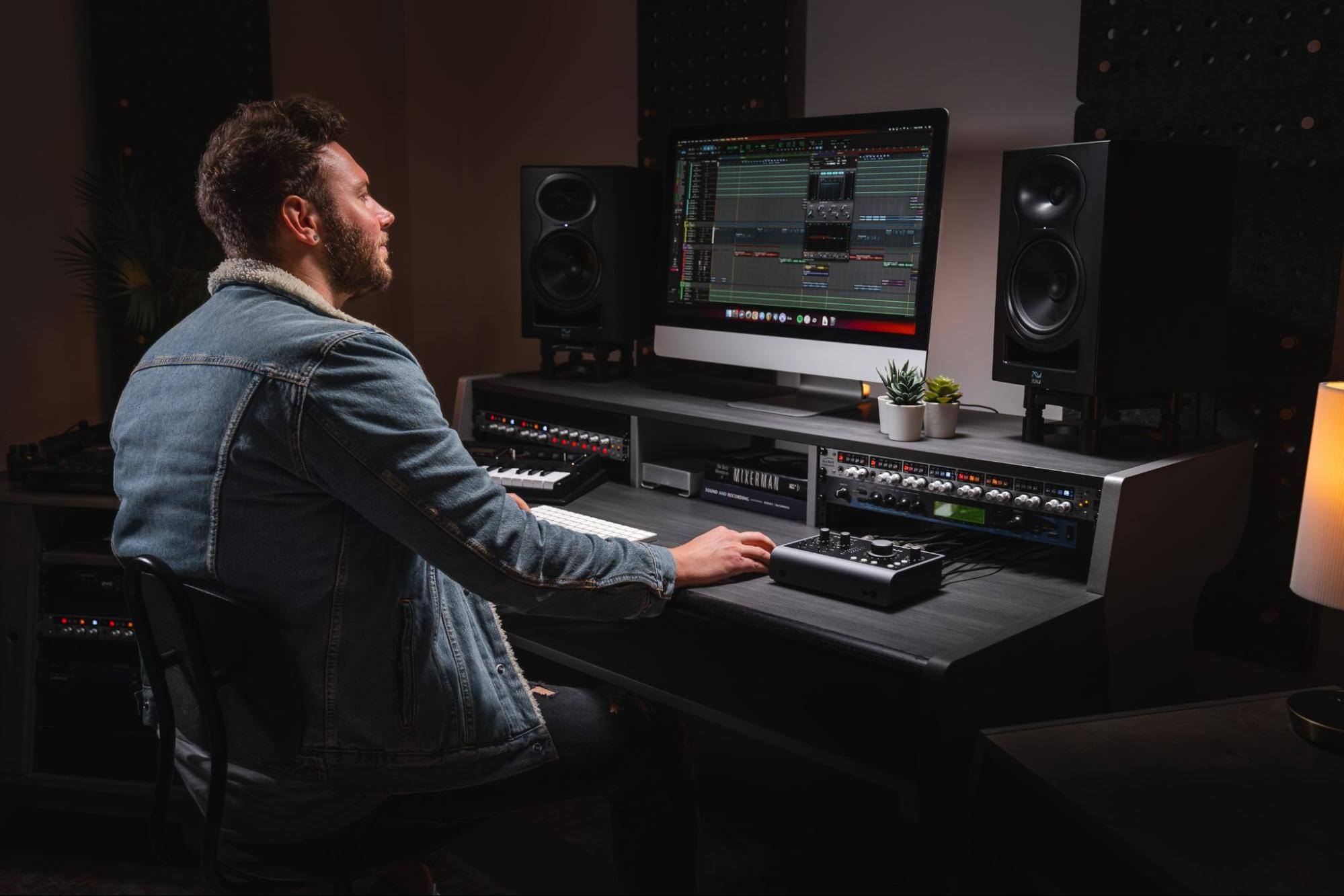The original vocal correction plugin, Antares’ famous/infamous Auto-Tune was a bona fide music technology game changer when it arrived in 1997, making it possible to knock even the most wayward of singers perfectly into tune at the click of a button, rather than through the time-consuming manual editing previously required. Since then, various other developers have reiterated and expanded on Auto-Tune’s core concept and functionality, and today there are a plethora of extraordinarily powerful plugins to choose from when it comes to the automated rectification of dodgy vocals.

What is vocal correction, and what can I do with it?
Vocal correction is, quite simply, the automated tuning of a pitchy vocal performance by snapping the notes of its constituent words and syllables to a selected scale/key. While you can, of course, do the same thing by hand using any DAW’s standard editing and pitch shifting tools, a vocal correction plugin not only does it automatically – in real time or via some form of ‘offline’ rendering process – but also more seamlessly than is likely to be achievable with manual cutting and shifting.
With real-time correction plugins, the tuning process involves nothing more than specifying the key/scale or specific series of notes to which you want your vocal to adhere, and the amount by and speed at which errant notes should be pulled towards it/them. Your plugin might also let you dial in (or out) vibrato, shift formants (defining the perceived gender of the singer, essentially), and even repitch the vocal to whatever notes you like with live MIDI input. Offline plugins, on the other hand, present the vocal as snippets of audio in a piano roll-style editor, where they can be dragged around for totally free control of pitch and timing. Which type of plugin you go for depends on how hands-on/off you want to get: real-time yields literally instant results but affords less in the way of control and precision, while offline gives you full control (potentially leading to a better end result) but calls for a brief rendering process with every change and considerably more user input, by and large.

How do I know if I should use vocal correction for a particular vocal?
First and foremost, the idea with vocal correction isn’t to simply fire up your tuning plugin as a matter of course for any given vocal – unless you’re looking to use it as a creative effect. With a musical element as sensitive and mission-critical as the human voice, the less you alter its fundamental characteristics and nuances, the better; so the destructive processing (ie, changing the source material directly and entirely, as opposed to adding to it with reverb, delay, etc) applied by your vocal correction plugin should generally be kept to a minimum, no matter how amazingly transparent it might be. The only situation, then, in which a correction plugin should be loaded is when the vocal in question is audibly pitchy or out of tune – and judgment must always be exercised as to whether any fluctuations in pitch qualify as detrimental or in fact contribute to the character and soul of the performance. The level of pitching perfection you’ll want in a vocal will depend in large part on your musical genre, from super tight in pop and dance tracks, to somewhat looser in rock, acoustic and jazz, for example. The line between ‘authentically human’ and ‘off target’ can be a fine one, so base your vocal correction decisions on the needs of the song, not just the presumption that every note sung must be snapped tightly into place.

What’s the difference between vocal correction and vocal mixing?
Beyond pitching and timing errors, there are many other ways in which a vocal can sound subpar within the context of its host track, most of which can be fixed at the mixing stage (and may demand re-recording if they can’t). When mixing vocals, your available points of adjustment include frequency content (as manipulated using EQ), dynamics (as managed with compression and limiting), ambience and spatialising (reverb and delay), and other textural components. The difference between vocal correction and vocal mixing is that correction is all about repairing the vocal recording itself, while mixing is concerned with qualitatively improving it from a purely sonic perspective. It follows, therefore, that correction comes first, since the vocal can’t be considered finished and ready to mix until it’s been tuned and tightened.
What are some vocal correction plugins I should be looking into?
There are plenty of great vocal correction plugins on the market, so be sure to explore as many options as you can and try their demo versions before committing to a particular model. Here are a few of our favourites:

Antares Auto-Tune Pro X
Not only the de facto industry standard vocal correction system but without doubt the most publicly famous audio plugin ever made, the latest version of Auto-Tune offers both real-time (Auto) and offline (Graph) modes, for the best of both functional worlds. The quality of the pitchshifting algorithms at its heart is exceptional, the workflow is slick and refined, and whether you need to bring the best out in a vocal or indulge in the extreme pitching effects for which it’s best known, you simply can’t go wrong with Antares’ incredible processor.

Celemony Melodyne 5
With its multi-faceted graphical editor, there’s no aspect of your vocal that can’t be comprehensively shaped and sculpted with the mighty Melodyne, from pitch and timing to vibrato, formants, dynamics and tonality. It even works with polyphonic sounds, such as ensemble vocals!
It would be fair to say that Melodyne rules the vocal correction roost in terms of sheer versatility and detail, but all that power comes with a commensurate degree of operational complexity.

Synchro Arts RePitch, VocAlign Ultra and ReVoice Pro
Catering to everything from automatic and manual pitch correction to time and pitch alignment of multiple vocal tracks at once, Synchro Arts’ superb series of vocal processing tools is unique in its workflow, capabilities and transparency.

Waves Tune and Tune Real-Time
Whether you prefer to apply vocal correction yourself in a piano roll editor or have the software do all the hard work for you, Waves’ two plugins have you covered.
Our Products
-

2in | 2out Audio Interface
-

10in | 6out Audio Interface
-

10in | 14out Audio Interface
-

20in | 24out Audio Interface
-

24in | 32out Audio Interface
-

2in | 2out Audio Interface
-

4in | 4out Audio Interface
-

24in | 24out Audio Interface
-

Everything you need to start recording
-

8 Channel Smart Preamp with AD/DA
-

8 Channel Mic Pre & ADC
-

8 Channel Mic Pre + Tone Control
-

Modular Analogue Recording Console
-

Small Format Analogue Recording Console
-

Small Format Analogue Recording Console
-

Immersive Audio Interface and Monitor Controller
-

Desktop Monitor Controller



